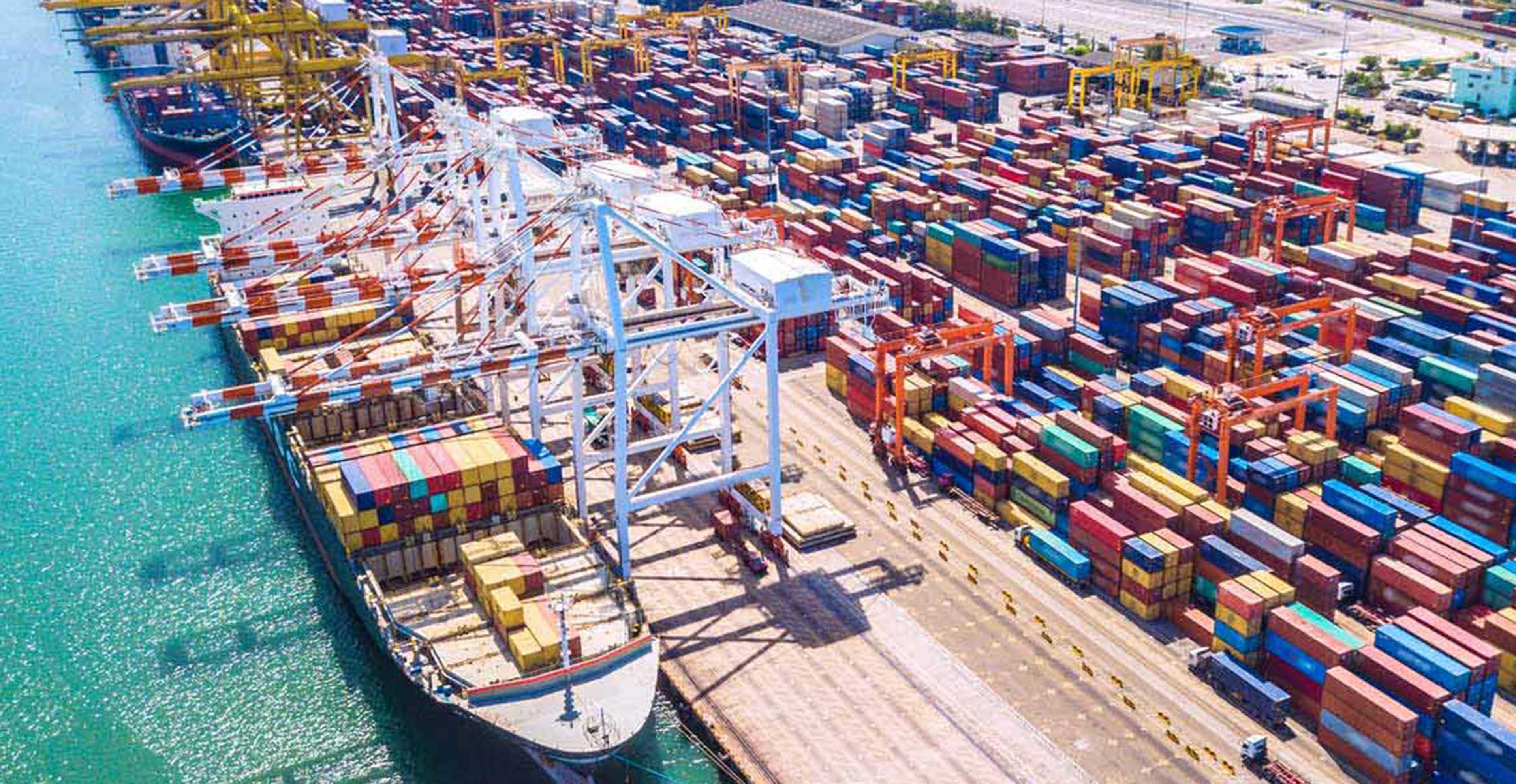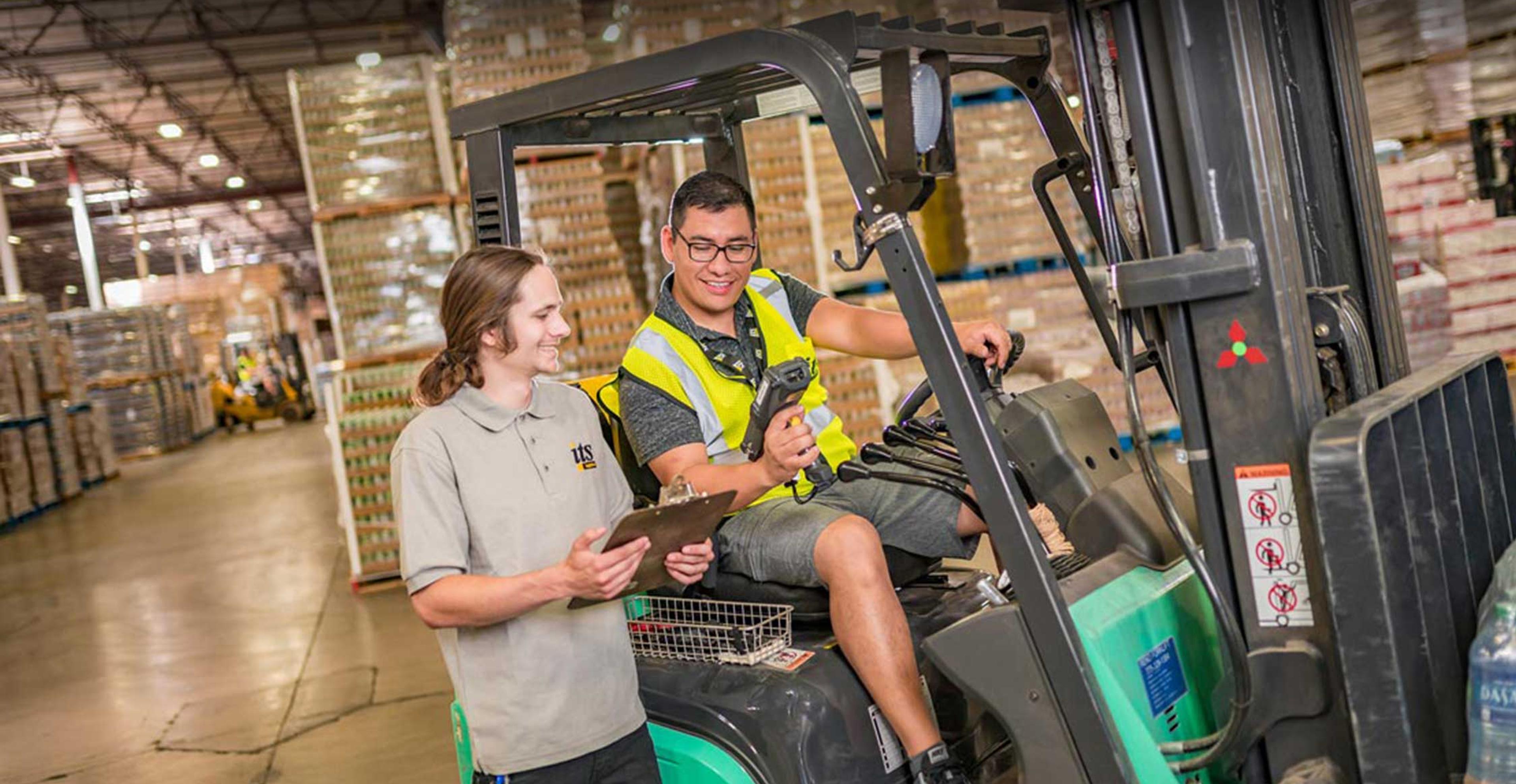9 Cost-Effective Ways to Add Sustainability to Your Fulfillment Process

Interest in ESG (Environmental, Social Responsibility and Governance) has greatly increased over the years, and supply chains hold some of the most significant opportunities for sustainability breakthroughs and advancements. That is especially important as consumers choose to spend money with companies focused on sustainability and the environment.
Many companies across multiple industries have been adding ESG-based metrics for third-party vendor partners. Having an active ESG program is becoming a critical requirement for onboarding and continued partnerships with many global corporations. The 2023 27th Annual Third-Party Logistics Study found that 22% of shippers rated themselves as a trailblazer in ESG, compared to 17% of third-party logistics (3PL) companies. Another 45% of shippers said their organization is about average in its ESG practices, compared to 41% of 3PLs. Finally, 19% of 3PLs reported that their organization does not have an ESG program, compared to 12% of shippers.
Fortunately, there are several simple ways to increase sustainability within the fulfillment process.
Use Eco Friendly Sustainable Packaging
Using recycled, renewable, biodegradable, or ecofriendly packaging is an easily achievable way to increase sustainability. It is possible to use recycled tape, dunnage paper, and boxes.
Right Size the Packaging
If the wrong size box is used, more dunnage is needed to protect the contents of the box and there is more cost to ship it. Now would be a good time to examine packaging to determine if the correct size box is being used or if a smaller package or polybag can be used. Shipping mailers, such as polybags or bubble mailers, offer a lower impact and more cost-effective alternative to boxes. They could also help reduce parcel shipping cost.
Recycle Inbound Boxes/Packages
Implementing a successful recycling program will show suppliers, vendors, and employees a true focus on being green.
“Typically, we see on a very basic level, that almost all the packaging material in our distribution process can be recycled, including the tape,” said Kasia Wenker, director of supply chain solutions for ITS Logistics.
Replace Pack Slip with a Pack Slip Label
Digital communications can eliminate packing slips completely. Order information can be sent via email confirmation, and consumers can print it out if they need to make a return.
“Eliminating packing slips is something you can do today to eliminate or reduce the amount of paper used,” Wenker said.
Increase Energy Efficiency at the Warehouse or Fulfillment Center
Warehouses and fulfillment centers provide several opportunities to incorporate sustainable practices and reduce energy consumption. Warehouses typically utilize hundreds, and sometimes thousands, of lights. Locations can switch to LED lighting to cut down on energy demands. They can also use sensors, so lights turn on or off based on activity. Another option is to utilize skylights to increase the amount of natural light coming into to the building. Facilities may also be able to adjust the minimum required light level by using dial-up calculations to identify the necessary lighting levels for a particular area.
Other opportunities include low-flow plumbing, waterless urinals, and water bottle fill stations. Temperature control measures can focus on those areas occupied by people and high-efficiency HVAC systems can generate better savings and reduced energy consumption. Xeriscaping-the process of landscaping that reduces or eliminates the need for irrigation-also increases sustainability.
Opt for Reusable Pallets
Reusable pallets are an option in some operations. The pallets are made from recycled plastic and can be more durable than a wooden pallet.
Utilize a Strong Inventory Management System
Inventory management plays a critical role in improving sustainability. First, unsold inventory can create deadstock-items that have expired, become obsolete or are out of season. For many companies, the deadstock becomes waste that could be avoided. A good inventory management system gives you visibility into inventory to help increase order accuracy, identify slow-moving inventory, improve demand forecasts, and ultimately reduce inventory waste.
Avoid Split Shipments
Keeping inventory in check can also help to avoid split shipping and allow order fulfillment from a single location. Using fewer packaging materials saves on distribution resources and transportation.
Reduce Transportation Emissions
Cutting carbon emissions on the road is a well-known way to reduce carbon footprint. There are numerous opportunities to decrease environmental impact through transportation management, such as route optimization, capacity utilization, and improved vehicle scheduling and management.
Companies can also choose to utilize a SmartWay provider. Registered SmartWay Carrier Partners measure, benchmark, and track their efforts to increase efficiency and fuel economy and have the documentation to prove it. Super-single tires, cab wind fairing packages, light-weight aluminum wheels, lightweight trailers with side skirts and e-track systems for load bars that improve cube utilization, and anti-idling technology also improve fuel economy and sustainability.
The Oxford Economics survey of global supply chain decision-makers revealed that 88% had created a sustainability mission statement, but only 52% had executed them. Sustainability is more than a buzzword, and businesses don’t have to choose between what’s good for business and what’s good for the planet. Sustainability initiatives drive real, tangible value and can make a positive impact within supply chain operations while also improving a company’s image and cutting carbon emissions.



